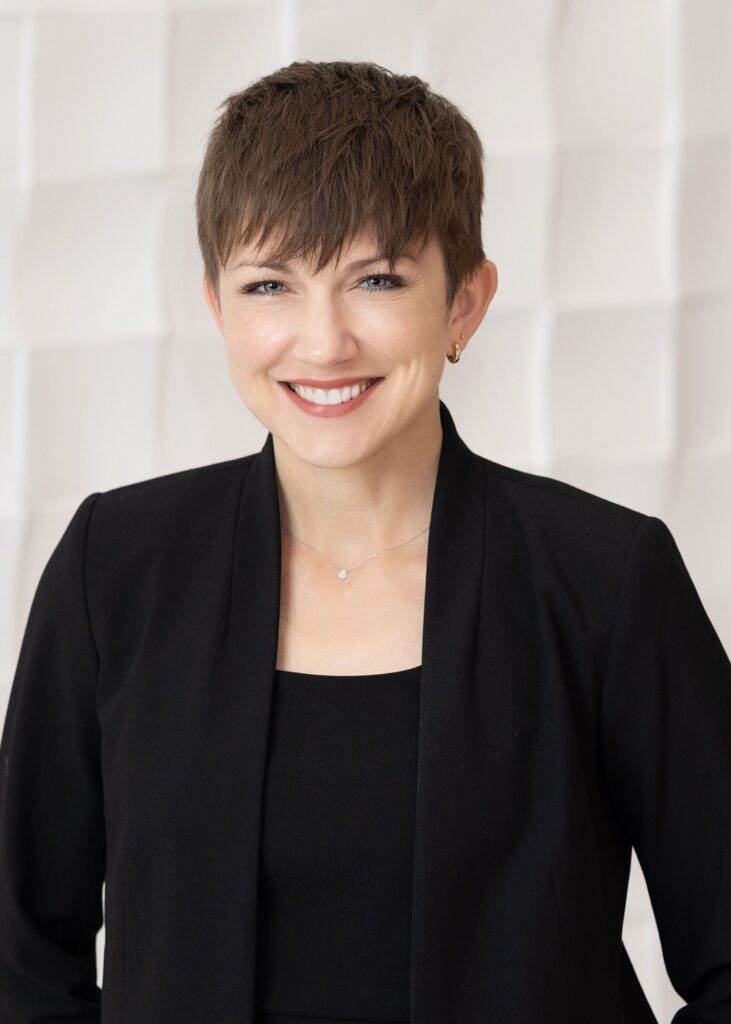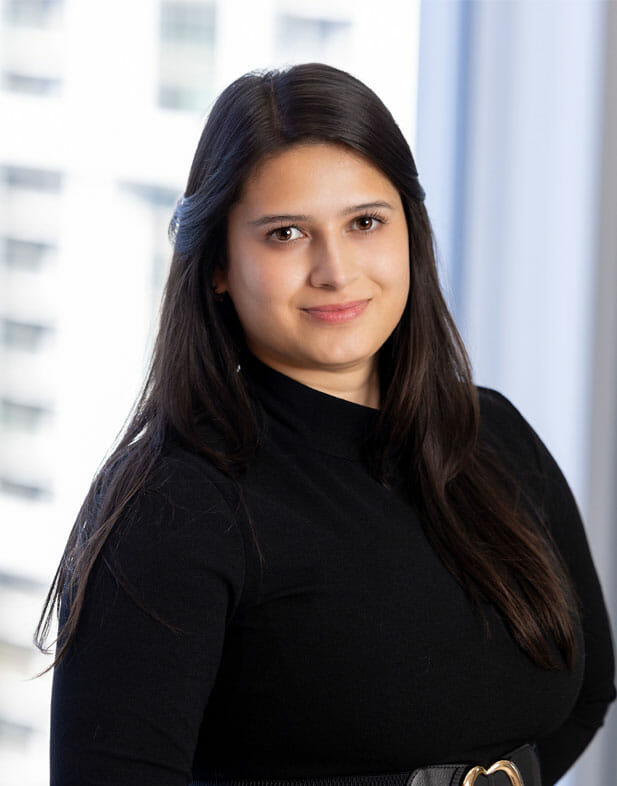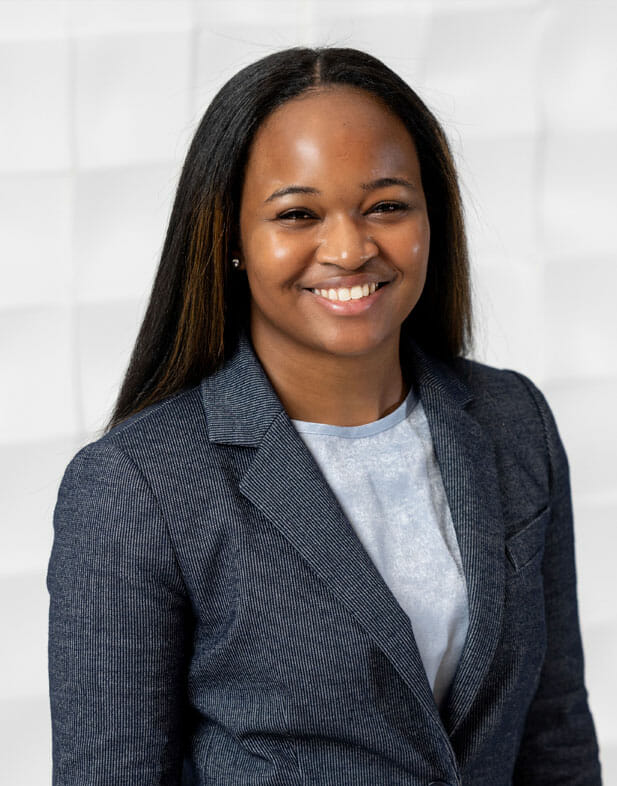Put a group of lawyers together in a room with a few drinks, and it won’t be long before they start telling war stories. For new lawyers, the ordeal of the bar exam is still a favorite theme.
We’ve all heard of someone whose laptop crashed during the exam, who fell asleep during a multiple-choice section or who froze like a rabbit in the face of a routine civil procedure essay question. Many of us walk out of that exam room certain of our failure. As soon as we get our pass results, we love to remind ourselves how horrifyingly stressful it all was, and that we’ll (hopefully) never have to do it again.
While the bar exam is grueling for everyone, we often forget what an enormous privilege it is to hold a license to practice law. And that privilege is hedged on every side by the necessity of financial resources and social support.
The opportunity to sit for the exam represents years of work, time and money, and includes a college degree, the LSAT and three years (or its equivalent) of law school. Each of these steps comes with a price tag, and the process demands dedicated time away from work for studying and class attendance. Then, finally, the bar exam.
Many professions require demanding licensing exams that necessitate weeks or months of studying, but preparing for the bar exam is uniquely challenging. In the medical field, for example, board exams are given after medical school and residency, when candidates are already practicing in their chosen fields. In contrast, prospective attorneys are not licensed until after they have taken the exam and waited a couple of months for their results.
The general guideline for bar preparation is eight to 10 weeks of full-time study. That means eight to 10 weeks with no income from work or from the federal law school loans many students depend on; eight to 10 weeks during which candidates still need a roof over their heads, food to eat and other basic necessities.
A “Test of Resources”
As few know better than lawyers, time is money. If you can afford to take more than two months off work and study for 40 hours per week, you’ll probably be in good shape on exam day. If you can spend $2,000 or more on a commercial bar prep course, your odds of passing increase even further. For some law school graduates, dedicated study time and expensive bar prep materials are a given. But many candidates carry the demands of full-time work, childcare and financial uncertainty as they prepare for the exam.
These burdens tend to fall disproportionally on racially diverse applicants, creating barriers to entry that are reflected in the legal profession’s persistent lack of diversity. As standardized testing and the cottage industry of high-cost prep courses undergo scrutiny across education levels and professional fields, these are realities that the legal profession must take into account.
According to an American Bar Association report, the uncomfortable truth is that the bar exam often operates as a “test of resources” rather than one of competence, shutting out worthy candidates while privileged individuals are free to focus on exam preparation. A study by the AccessLex Institute analyzing bar passage rates in New York reported that “extensive time dedicated to bar exam preparation” is the “key ingredient” to success; first-time candidates who worked during bar prep were less likely to pass than those who were able to dedicate more time each week to studying. And because racially diverse candidates statistically face more socioeconomic barriers than their white counterparts, this disparity of access is readily apparent in bar passage data for minority groups. A 2020 study by the ABA revealed that 88 percent of white applicants passed the bar exam on the first try, compared with the 76 percent of Hispanic applicants and 66 percent of Black applicants. The resulting lack of diversity among licensed attorneys is an enormous loss to the legal profession and to the clients we represent.
Rethinking the Bar Exam
Given the socioeconomic barriers to the legal profession, many states are exploring alternatives to the bar exam, including pathways such as supervised practice and experience-based coursework during law school.
Some authorities suggest modifying the exam (for example, by including open book questions and less pressured time constraints) to better assess professional competence rather than short-term memorization skills or the ability to type six essays in three hours. In addition, access to bar study scholarships could mean the difference between passing and failing for many candidates with limited financial resources. There is also an argument that the bar exam’s primary purpose — that of protecting the public from incompetent or unethical lawyers — is better served by the existing infrastructure of mandatory law school courses on professional ethics, the Character & Fitness Review, the MPRE and minimum requirements for continuing legal education.
We need to take a close and thoughtful look at the bar exam’s current structure and far-reaching effects. As the legal profession collectively works to level the playing field, we should never lose sight of the importance of diversity in the law. It is vital to a healthy and well-functioning legal system.
We live within a wealth of different cultures, perspectives and ideas even while the law remains one of the least diverse professions in the U.S. A more diverse legal community means more voices, a more robust discourse, better problem-solving, a deeper understanding of the problems our society faces and greater compassion for each other. Even more importantly, diversity in the law is essential to a society in which anyone — regardless of their race, background or identity — can see their own reflection in the faces of the attorneys and judges who serve their community.
As one of the biggest hurdles to the profession, the bar exam is due for a remodel, if not a demolition. Due to the unearned advantages and undeserved obstacles that substantially affect bar exam results, aspiring lawyers are not on equal footing as they prepare for the most important test of their professional lives. As a legal community, our commitment to diversity in law challenges us to do better.
Hannah C. Shoss is an associate at Bell Nunnally on the firm’s transactional team.

Kimberly A. Cruz is an associate at Bell Nunnally, where she focuses on business and real estate transactional matters.

Kheana Pollard is an associate at Bell Nunnally who focuses her practice on commercial litigation.

